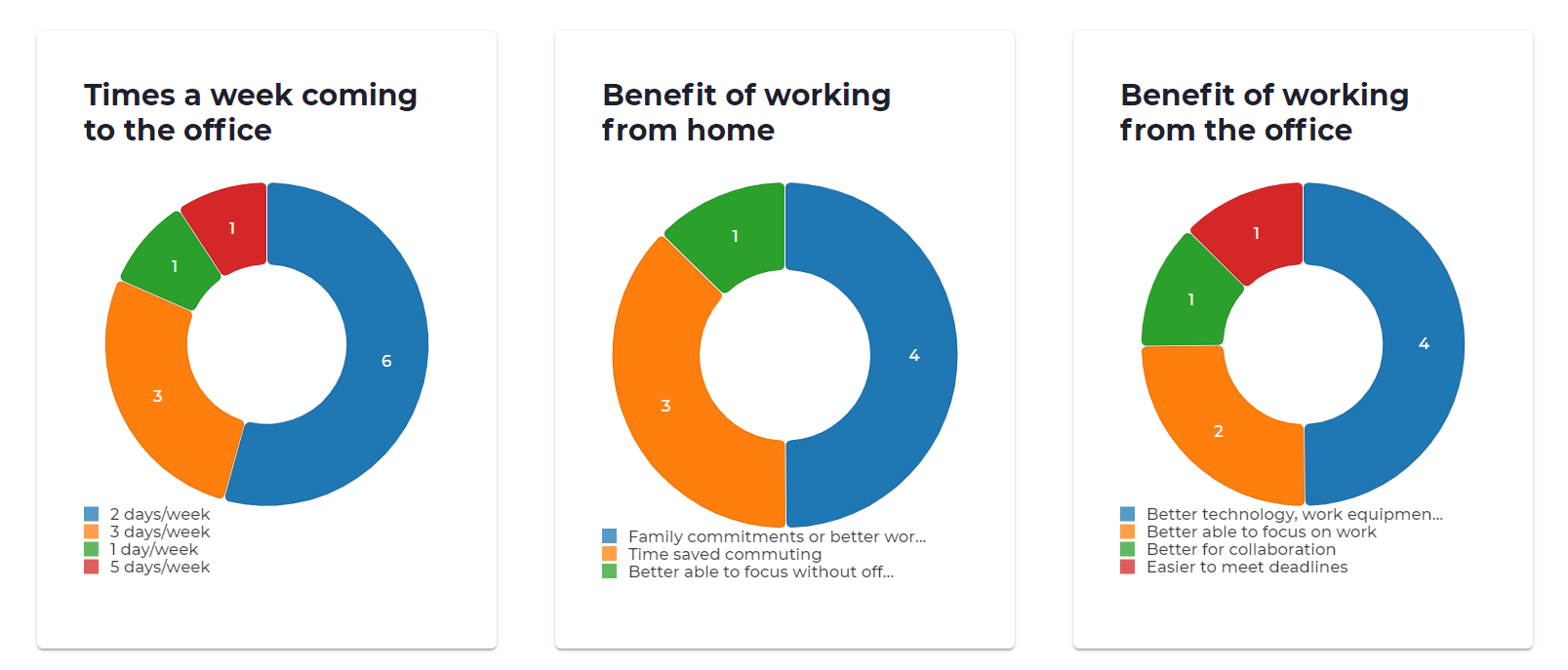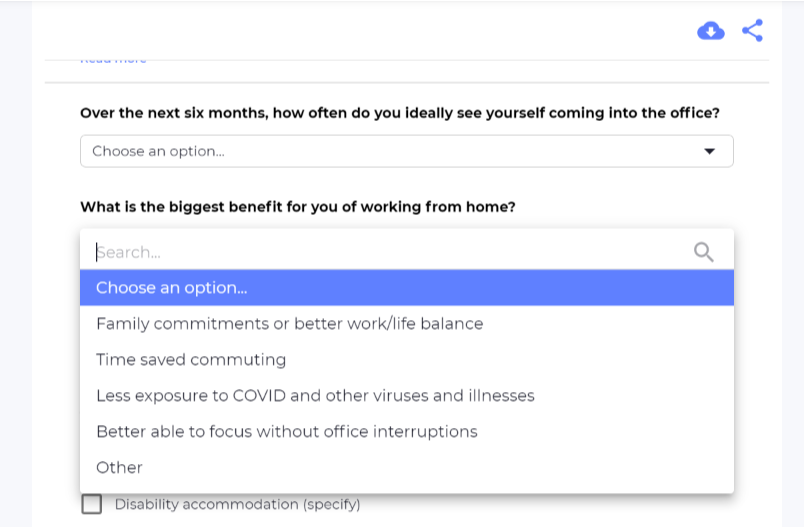
What does a “return to normal” look like?
With the coronavirus vaccine roll-out gathering pace, individuals and businesses are cautiously looking to return to a life that feels akin to normal. But determining when and how to return to the office is no simple matter, especially since employers and employees might have differing opinions on the matter.
Organisations want staff back in the office
Employees at Apple received an all-staff memo in June stating that workers would be expected to be in the office at least three days a week by September. But staff pushed back against this, demanding more flexibility, with some feeling forced to quit. A group of employees wrote a letter and sent it out internally to gather signatures. The letter expressed the employees’ frustration about the lack of flexibility they felt they experienced surrounding the company’s handling of plans for returning to the office. In the letter, employees also said they had felt unheard or even actively ignored over the past year when it came to the topic of remote or flexible working.
Other Big Tech companies, such as Google and Amazon, have made similar announcements.
Who has decided to continue “work from home”?
On the other end of the spectrum, companies that span a wide variety of industries have chosen to adopt a “remote-first” working model. Global information technology company ONVU Technologies announced in February 2021 that it would make its entire workforce fully remote. The cofounders of credit-card startup Brex sent employees an email in August announcing that they’d be shifting to be remote-first. Other companies that have shifted to remote or virtual-first include file hosting service Drop Box, pharmaceutical company Novartis, Q&A website Quora, and others.
Employees want to be heard. How can we listen and appease all sides?
There is no across-the-board agreement on the subject, but what’s clear is that employees want to feel that their feelings on the subject are heard and their needs considered.
How can organisations find a way to establish future working patterns that will appease all sides?
The importance of listening to staff
With many employees still working from home at this point, whether out of need or choice, company or team-wide, in-person discussions are often not possible. One can’t simply call a conference room meeting for a staff discussion or survey surrounding a particular issue. How can organisations safely and effectively discuss issues and survey staff?
A good first step would be having in place an effective procedure for remotely surveying staff. The situation at Apple could have been avoided if the company had surveyed their staff and got an idea of what their needs and expectations were. Doing so could be crucial for employee retention: it can avoid bad press and avoid losing workers who feel they have better options elsewhere.
How can Omnitrack help?

So how can you safely and effectively survey staff remotely? Many organisations might think to turn to email or spreadsheets to track answers to back-to-the-office surveys, but these approaches lack structure and security. Collecting information over email invariably leads to inconsistent responses, missing information and lack of structure. Spreadsheets are limited by their two-dimensional nature, lack of automation tools and lack of security.
VinciWorks has developed a centralised reporting and tracking tool, Omnitrack. Among many other uses, it allows you to complete staff surveys. You can either use our best-practice template or build your own form from scratch. When you use Omnitrack to complete track surveys, you can:
- Allow staff to voice their opinions remotely and inform you of their preferences in one central place
- Collect rich, actionable data from users
- Track the results in one central portal
- Easily share and report on the results to the appropriate people
- Flag issues that need to be followed up on and have them automatically forwarded to the appropriate people to be dealt with
- Use a template with the option of customising the questions to fit your organisation’s needs, or easily create and build your own form to use for surveys or many other purposes
Via this link to VinciWorks’ WFH/WFO survey, you can try it out and get ideas for what type of survey might work best for your organisation.
Omnitrack can be used for a single use case, or can be scaled up to cover all your organisation’s compliance and reporting needs.
Using Omnitrack to survey staff lets them feel their issues and preferences are being heard and seriously considered, and enables managers and decision-makers to then learn from the data and make decisions with those considerations in mind, preventing internal tension, losing valuable workers, and bad press.








